This is enough to understand that we are talking about a "car-tank", "car-big-sofa", a symbol of an entire era ...
The creation of the Volga began in November 1953, when the lead designer of the project, Alexander Mikhailovich Nevzorov, drew the first line on the paper. The design of the car was developed by Lev Eremeev. And already in 1954, the construction of prototypes began. They were equipped with an experimental overhead valve engine with a hemispherical combustion chamber and a camshaft chain drive (it proved to be not so hot as it did not go into mass production). Two transmissions were developed for the new car - automatic and manual. Both were three-tiered.
A.M. Nevzorov (1925-2005)

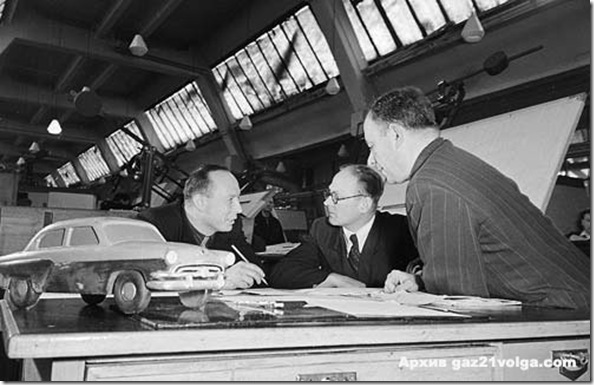
Tires 6.70-15. A chrome-plated deer soared from the hood of the car. A wide molding went from it in the center of the hood to the windshield. Radiator cover with 10 vertical holes. The rear lights included side lights, brake lights and direction indicators - three in one red diffuser and a reversing light in a chrome-plated steel frame. Volga began to be equipped with a tri-band radio as standard equipment.
![]()
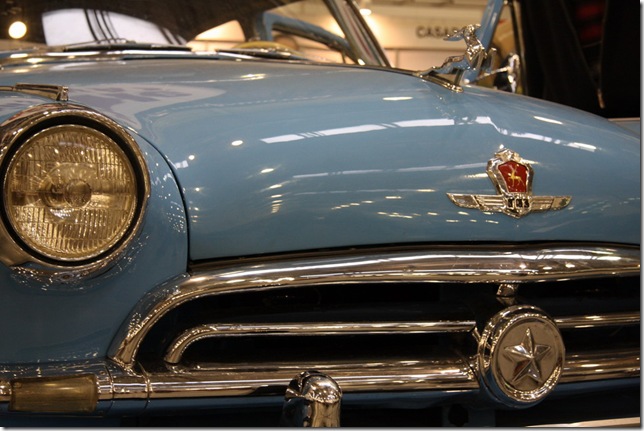
1955 On May 3, state tests of three samples of the Volga began - two with automatic transmission and one with a mechanical one. Part of the test was the Moscow-Crimea run and back. Immediately after the first tests, permission was obtained to issue drawings and prepare for production.
1957 staging" GAZ-21"on the conveyor. The Volga receives its own engine - an overhead valve, with a power of 70 hp (before that, there was a lower valve, bored out to 2432 cc, with a power of 65 hp from the GAZ-20 Pobeda"). For the first time in Volga In the domestic automotive industry, an automatic transmission was serially installed.But, due to the poor situation in the country with high-quality oils and highly qualified service, only 700 cars with "automatic" were produced.
In just two years of production of the 21st first generation, about 31,000 cars were produced.
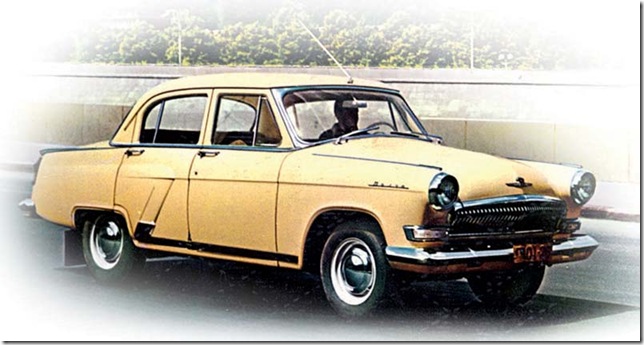
Separate features of foreign analogues are reflected in " Volga”, especially in the design of individual body elements (for example, rotary door locks; nevertheless, the body’s supporting base itself was closest in design to the previous GAZ models - Pobeda and ZiM) and interior design (for example , the final version of the speedometer in the form of a transparent "hemisphere" appeared only after studying the Ford car - the early prototypes of the M-21 had several different options for a completely different design of the instrument panel, completely recessed into the dashboard), which allows us to conclude that they were carefully studied and lack of sufficient own experience in the design of modern cars.
Some of the foreign analogues studied at the plant in the relevant period or attracted for joint testing:
1954 Ford Mainline
(USA, 1952-54)

1953 Chevrolet Styleline DeLuxe
(USA, 1949-54)
A similar one was used in tests in conjunction with the M-21.
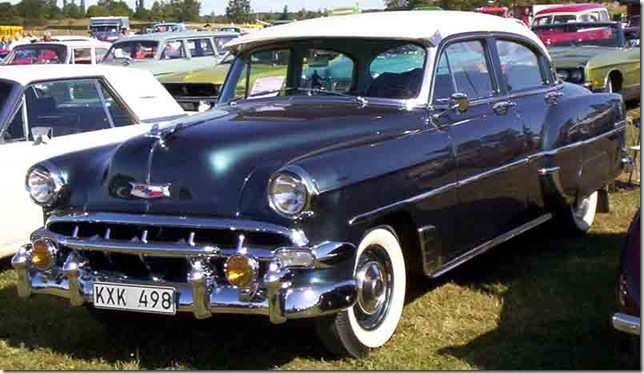
October 10, 1956. Release of the first three production samples " GAZ-21". They were equipped with a 65 hp Pobedov lower-valve engine bored out to 2.432 liters. This car is known as" 21B ".
The design of the Volga, starting from the very first layouts and prototypes, was also carried out by Lev Eremeev quite independently, and did not bear a direct resemblance to specific foreign counterparts beyond the unity within the framework of the style of those years (it must be borne in mind that the prototypes had design, in generally similar to the future "second" series, that is, "shark mouth".
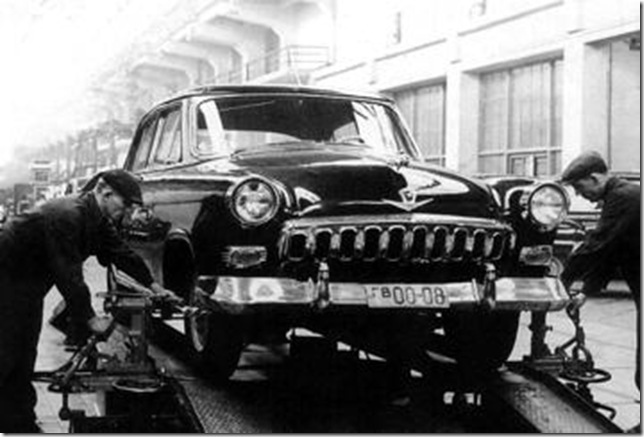
At the same time, it should be noted that the Volga was created under the influence of (mainly) the American school of automotive engineering, and from the point of view of design it was the original Soviet interpretation of the so-called “aerostyle” coming from America, which was popular all over the world in those years.
1962 "Volga" becomes the car of the 60s. For this, there were enough cosmetic changes. The body itself remains the same. But its silhouette has lost the heaviness of previous modifications. The fangs are gone from the bumpers. The bumpers themselves have become more elegant. Now only their upper part was covered with chrome, and the lower part, the apron, was painted in body color. The front bumper has become wedge-shaped in plan. Instead of 16 wide holes, 36 narrow holes appeared in the radiator lining. The rear lights lost their steel casing, they, together with the reflector, were cast from plastic. A new license plate light on the trunk takes the form of a soaring seagull.
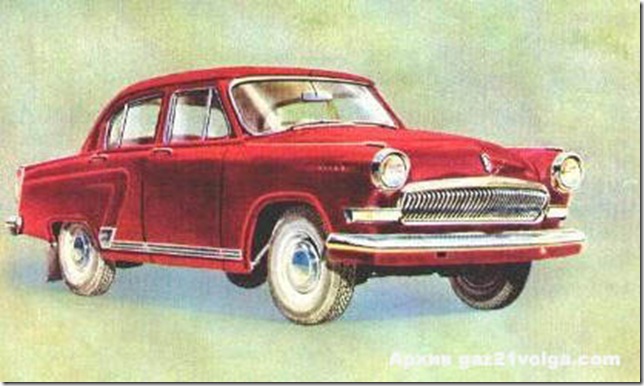
Cars produced from 1956 to November 1958 subsequently received the name “first series” (also, “first issue”, “with a star”). Quite a few cars “with a star” in their original form have survived to this day, but the bulk of the surviving cars have been partially redone into later modifications, which is the reason for the relatively high demand for the “first issue” in the Russian market of oldtimers.
The main feature of the interior of the first series is an all-metal instrument panel with a “low” lining of the receiver and a loudspeaker located on top, covered with a metal grill. Moreover, it remained so until the end of 1958, that is, even after the transition to type II series cladding.
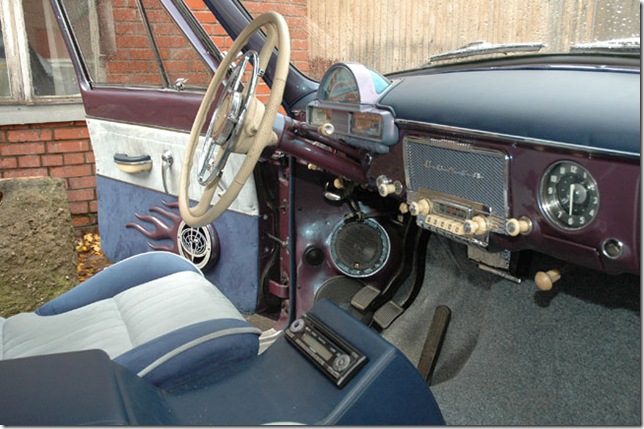
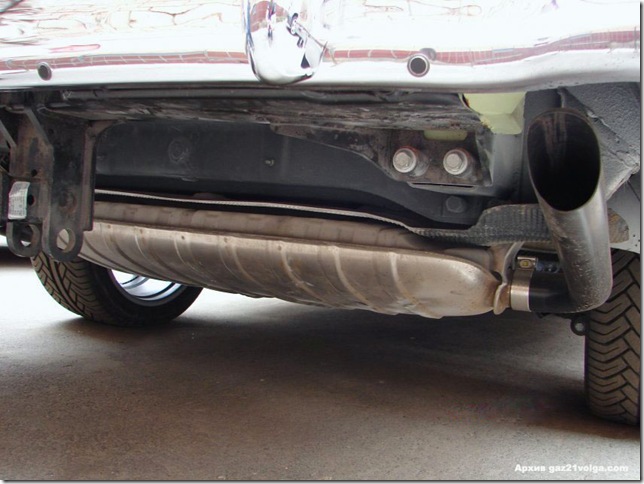
21 Volga

Cars of the end of 1958 - the very beginning of 1959 are usually called "transitional", and the release of 1959-1962 is called the "second series" ("second issue"). At the end of 1958, the car was modernized, mainly externally. The shape of the front fenders has changed in favor of increasing the wheel arches, the design of the front end has generally begun to repeat the appearance of one of the prototypes of 1955 (the so-called “shark mouth”, with 16 slots in the radiator grille), respectively, due to a change in the radiator lining, a new hood lock has appeared . The interior and the mechanical part remained practically unchanged, although the gradual modernization did not stop.
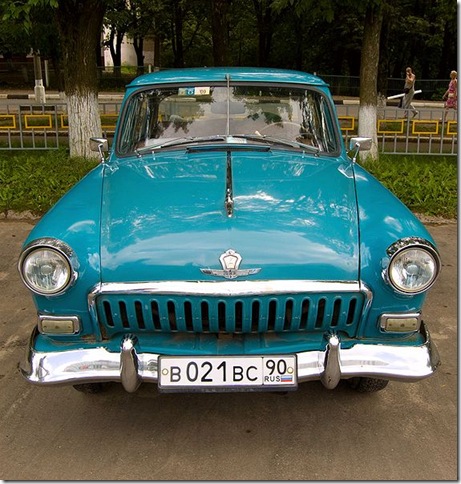
The design of the rear part of the "second issue" (from non-original parts there are rear-view mirrors, "grounding" under the bumper, a rear window seal from the "Zhiguli").
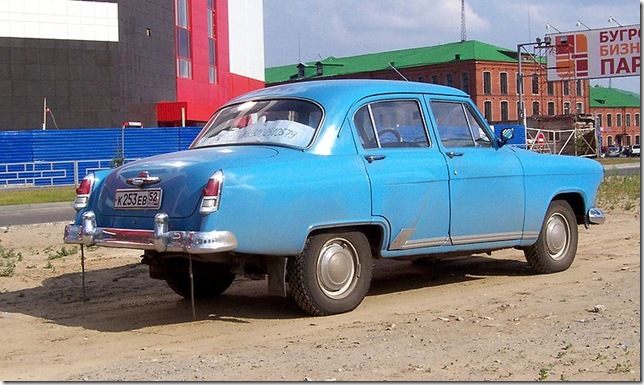
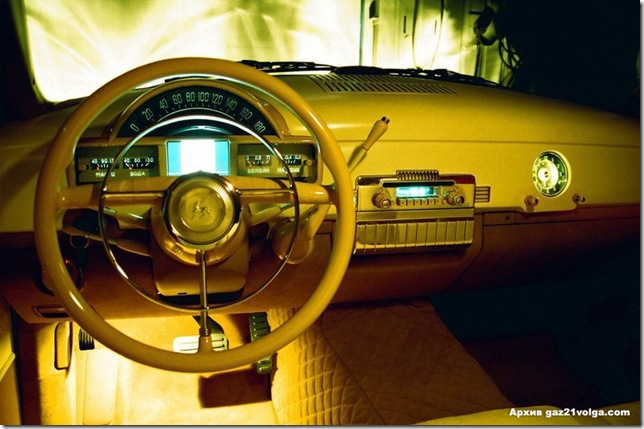
By the 1962 model year, the car was redesigned again, this time more radically. The upgraded models received the general conditional name "third series". Quantitatively, they are the most common. The external design has completely changed - a new radiator grille has appeared, nicknamed the "whalebone", consisting of 37 vertical racks (subsequently, such a grille pattern was used on many other GAZ passenger models); bumper without "fangs" with horizontal division into two halves - the lower one is painted in body color; the figure of a deer and the molding disappeared from the hood (even in the later “second series” deer were rarely placed, more often a teardrop-shaped safety decorative detail, a “drop”). The general design idea of the Volga in 1962 is less chrome, more clean lines. Some style features echo the GAZ-13 Chaika car, while the "second series" was stylistically quite close to the Chaika's predecessor, the GAZ-M-12 ZiM. The prototypes of the 1962 model had other differences.
1965 At Mosfilm, Ryazanov is filming Beware of the Car. It is unlikely that now there would be an actor capable of stealing a car so beautifully. And the audience loved Yuri Detochkin, his trophies and waltz, to the beat of which the rushing along the highway swayed " Volga"colours" beige.
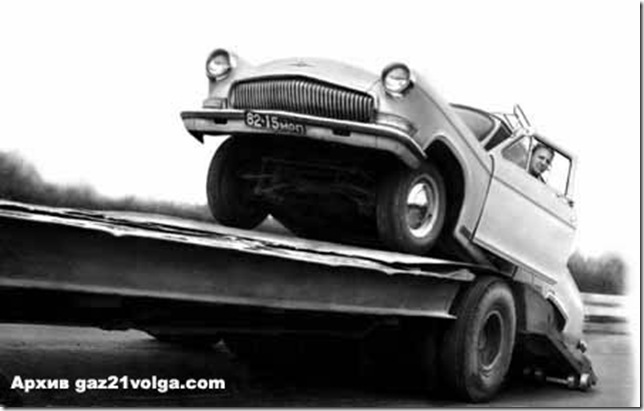
The Gorky plant carried out the last modernization of the 21st model. Spars were reinforced in the car, more efficient heater and windshield wipers were installed. The front wheel hubs began to be equipped with roller bearings instead of ball bearings.
The Volga restyling project was also prepared. This is what it could look like 21st Volga 4th generation.
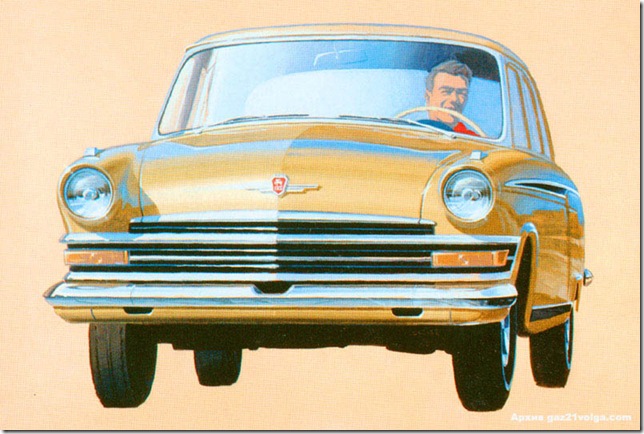
July 15, 1970 - Last " Volga" "GAZ-21"came off the assembly line. This car of the 21US modification with body number 334312, painted in anthracite, took a place in the exposition of the factory museum. In total, from 1956 to 1970, 638875 GAZ-21 and GAZ-22 cars were produced. 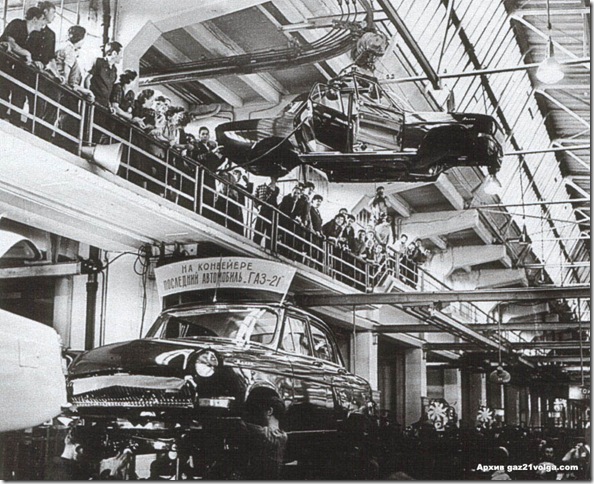
From left to right: A. Nevzorov - lead designer of the GAZ-21, V. Reutov - designer, V. Mosolov - tester (later multiple champion of the country on the Volga GAZ-21), B. Grekov - tester.)

